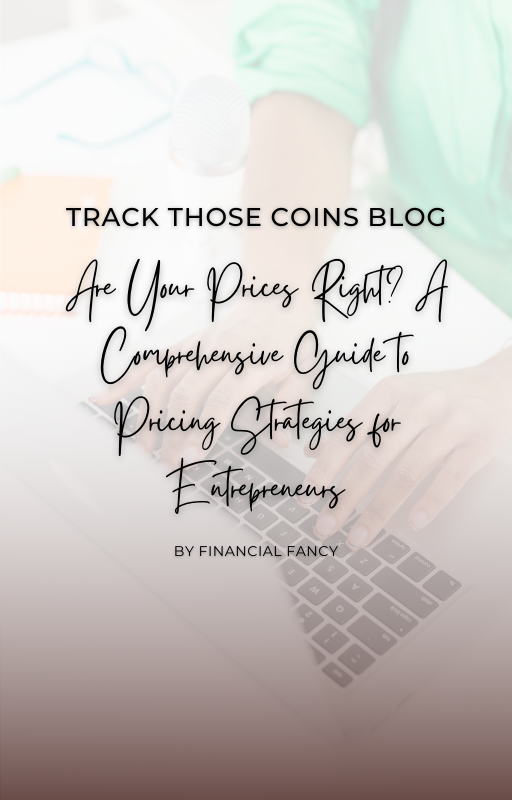Welcome to this comprehensive guide on pricing strategies for entrepreneurs. If we haven't met before, I'm Charese, the founder of Financial Fancy, and I'm so excited that you're here! One of the biggest things I see entrepreneurs mess up on when they start their business is pricing their offerings strategically. It’s easy to want to price as low as possible to get your foot in the door, but how can you handle increasing your prices later on? This guide will discuss basic pricing strategies and how to navigate price increases!
Pricing Questions to Consider
Before delving into specific pricing strategies, you need to ask yourself a few questions. How much does your product/service cost to produce? What is your target audience willing and able to pay for your product/service? Are there any hidden costs you need to account for, like sales tax, payment processing, and onboarding fees? What do you need to charge to feel like providing your product/service is worth it? Does your price take into account the years of experience and education you have? Does a subscription model make sense for your product/service?
Cost-Plus Pricing
One of the basic pricing strategies is cost-plus pricing. An easier way to think of the cost-plus pricing method is that you’re adding a mark-up to the cost to produce your product/service. The price equation for this strategy is: Costs to Produce + Markup = Price. This model works great for physical products to cover your cost of goods sold. However, this method may not account for the full value you add in a service-based business. Additionally, your mark-up could put the price out of the range your customers are willing to pay for your product.
Hourly Pricing
Another strategy is hourly pricing. This one’s pretty straightforward - you’ll charge your customers your hourly rate. The price equation for this strategy is: Hourly Rate x Hours Worked = Price. This method is great for service-based businesses to account for the total amount of time spent on a project. However, determining your hourly rate can be tough! You need to account for both your fixed and hourly costs. If you’re able to complete projects very quickly, you may need to raise your hourly rate to be fairly compensated.
Project-Based Pricing
Project-based pricing is another strategy in which you’ll provide a quote for a project based on the scope of work and project requirements. This method is great for service-based businesses to ensure you’re accounting for the full scope of work of a unique project. If you underestimate your ability to complete the scope of work, you may take a loss on a project. This pricing method is more time-consuming because it’s not a one-size-fits-all approach.
Competitive Pricing
Competitive pricing is a strategy where your prices would be based on your competitors’ prices. If your business sells similar products that can be easily compared to your competitors’ products, this method is great! However, you’ll need to do a lot of research to ensure your products/services are of equal quality to your competitors. If you have costs that your competitor doesn’t, this pricing method could result in a lower profit margin.
Tips for Handling Price Increases
Communicating price increases well in advance of their effective date helps your customers adjust their expectations. Increase your marketing on the additional value your clients will be receiving with the increased price. Consider allowing current clients to keep their lower rates as a reward for their loyalty. New clients will be subject to your increased prices moving forward.
If you have any further questions about pricing strategies or need help with financial planning for your business, feel free to contact me.
Charese Chambers
Website: www.financialfancycfo.com


Comments ()